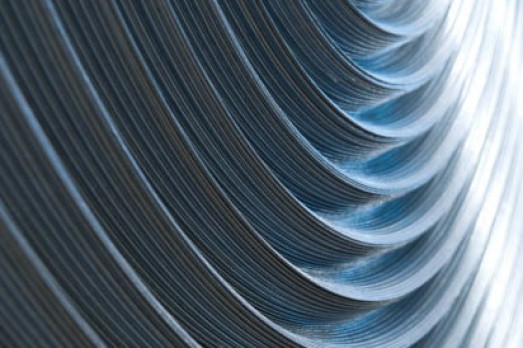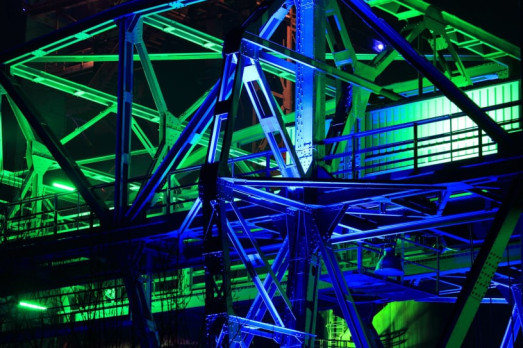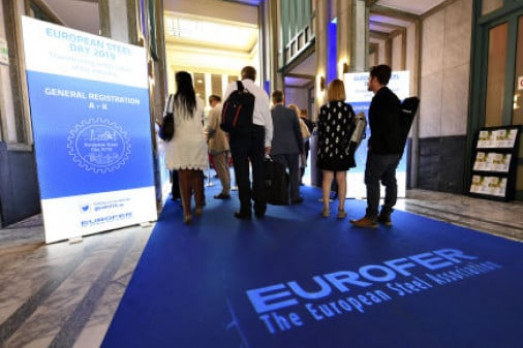Forge your knowledge!

What is steel?
Steel is an alloy of iron and carbon containing less than 2% carbon and 1% manganese and small amounts of silicon, phosphorus, sulphur and oxygen. Steel is the world's most important engineering and construction material. It is used in every aspect of our lives; in cars and construction products, refrigerators and washing machines, cargo ships and surgical scalpels.
Steel is the most versatile industrial material in the world. The thousands of different grades and types of steel developed by the industry make the modern world possible. Steel is 100% recyclable and therefore is a fundamental part of the circular economy. As a basic engineering material, steel is also an essential factor in the development and deployment of innovative, CO2-mitigating technologies, improving resource efficiency and fostering sustainable development in Europe.

Where is steel made in Europe?
Steel is made all over the EU, primarily using the Blast Furnace - Basic Oxygen Furnace (BF-BOF) 'primary' steelmaking route and via the 'secondary' Electric Arc Furnace (EAF) route.
There are thousands of different grades of steel produced through these processes, in a range of qualities, such as carbon non-alloy through to stainless and specialty steels for specific applications.
This map paints a picture of where this production takes place, with about half of EU countries having at least some upstream production on their territory.

EUROFER
The European Steel Association (EUROFER) AISBL is located in Brussels and was founded in 1976. It represents the entirety of steel production in the European Union.
The European Steel Association's members are steel companies and national steel federations throughout the EU. The major steel companies and national steel federation of Turkey and the United Kingdom are associate members.
The European Steel Association is recorded in the EU transparency register: 93038071152-83.
The European Steel Association is led by a Director General, supported by around twenty full time staff. The presidency of the European Steel Association is held on a rotating basis its members.
